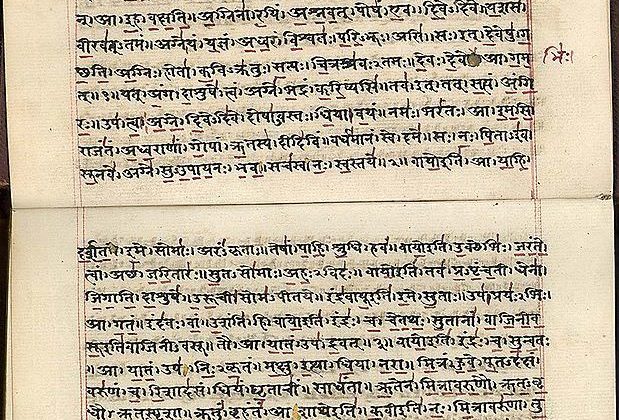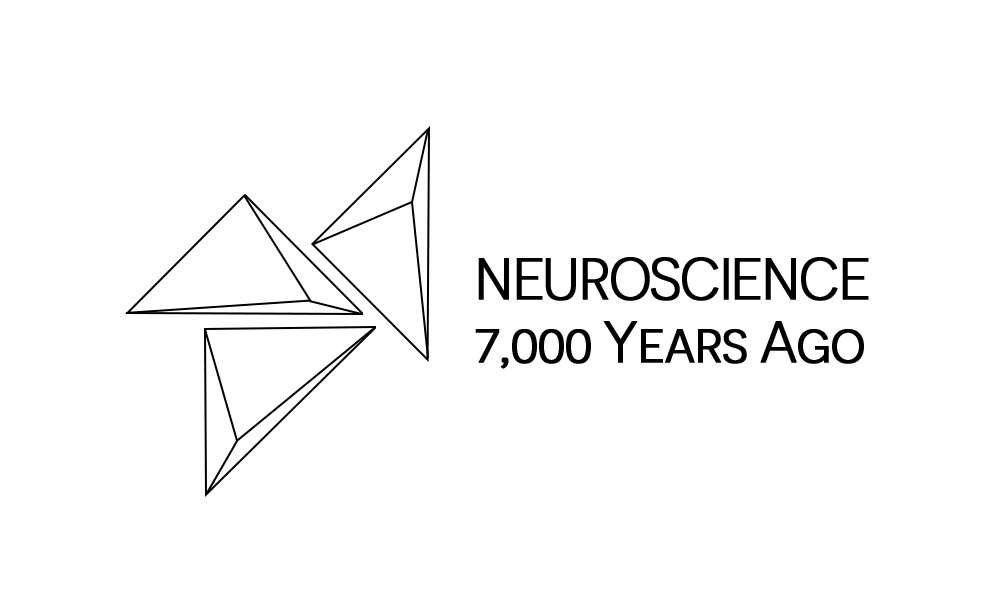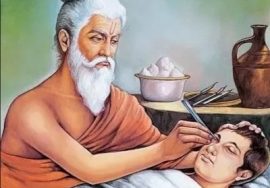
Consciousness and The Brain Recognition According To “Vedas”
Neuroscience and the attempt to understand the mind and human behavior aroused the curiosity of all ancient human civilizations, and each civilization had its achievements in understanding human behavior and searching for the main controller in human behavior. One of the most important civilizations that had achievements in this subject was the Indian civilization.
The contributions of Indian civilization in trying to understand the human mind or behavior are philosophical or religious contributions rather than scientific, despite their actual analysis of human behavior and the establishment of psychological theories and their knowledge that controlling the human being is the mind, but all these assumptions and theories did not come as a result of scientific research, but It was the result of philosophical analyzes and belief in their religious beliefs, as some Indian scriptures included very rich psychological theories.
Indian scriptures were concerned with perception and cognitive science, as these were among the most important sciences in India [1].
The word Chaitanya means consciousness or spirit [2], and it was meant by the person’s awareness of his existence and awareness of the existence of the environment around him.
Veda (a holy book in India) contains an interpretation of consciousness and the mind. Veda recognized mental illness thousands of years ago through an understanding of the relationship between body, mind and spirit.
Vedic philosophy does not describe psychology but recognizes that mental disorders appear as imbalances in all aspects of the state Mankind, each one influencing the other [3], according to Veda the mind can also be divided to five main parts [1]:
- Manas: It is the lower mind that collects sensory impressions, this sensory-kinesthetic mind gets its inputs from the senses of hearing, sight, taste and smell, and each of them can be considered governed by a separate agent.
- Ahamkara: It is the sense of power that connects perceptions with the self-center and thus creates personal experiences.
- Buddhi: Sensory impressions emerging from ahamkara are evaluated and the decisions resulting from them are assessed through buddhi.
Manas, Ahamkara and Buddhi are called the internal instruments of the Mind (Antahkarana).
- Citta: It is the mind’s memory bank. These memories form the basis on which the rest of the mind works. Regulating new impressions also leads to provoking instinctive or primitive impulses that create various emotional states.
- Atman: It is the deeper aspect of consciousness.
From all of this we can say that the analyzes of the ancient Indian philosophers are scientifically correct, as the division of the brain into parts and each part has a specific task, in addition to their recognition that the brain is the main controller is similar to contemporary neuroscience where the brain is divided into parts and each part has a specific task and is responsible for certain feelings.
References:
1 Kak, S.C.: ‘On the science of consciousness in ancient India’, Indian Journal of History of Science, 1997, 32, pp. 105-120
2 Jamison, S.W., and Witzel, M.: ‘Vedic Hinduism’, The study of Hinduism, 2003, pp. 65-113
3 Holaday, A.: ‘Ayurveda, Yoga, and Mental Health’, Holistic Healthcare: Possibilities and Challenges Volume 2, 2019, pp. 127



